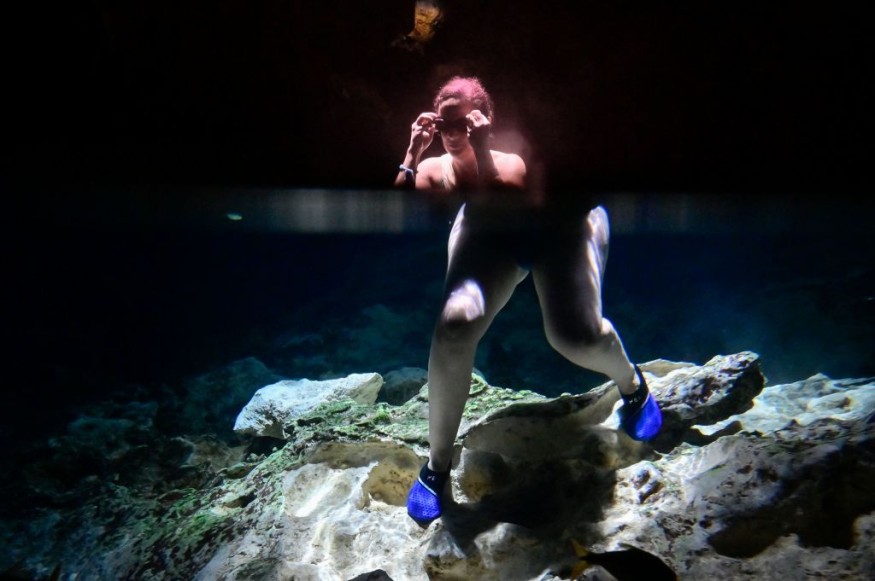Experts recently discovered what was found in the infamous marine sinkhole in Belize.
The Great Blue Hole is a giant marine sinkhole in the Caribbean off the coast of Belize that has left tourists and scientists in awe.
Considered as one of the country's top attractions, the blue hole stretches 318 meters (about 1043 feet) across and 124 meters (about 407 feet) deep.
Before, researchers were finding a difficult time exploring the blue hole due to lack of equipment.
Trashes at the Bottom of Blue Hole

An expedition, funded by billionaire Richard Branson, was made and those who joined found disturbing scenes at the bottom of the popular sinkhole.
At first, they were marveled by corals, sea turtles, and even sharks; but as the experts plunged farther, they found a thick layer of toxic hydrogen sulfide that is stretched across the sinkhole.
This thick layer has prevented the oxygen from getting deeper.
Trashes such as plastic bottles were also found as well as two bodies, which are believed to be that of two of the three divers who were lost in the Great Blue Hole during a previous expedition.
Erika Bergman, who was part of the expedition, said that they informed the government of Belize that they found cadavers at the bottom of the marine sinkhole.
Meanwhile, those who were part of the expedition also found stalactites, which is a kind of icicle-shaped formation that usually hangs from the roof of a cave. This discovery proved that the Great Blue Hole was once a dry cave home to prehistoric life.
The average temperature in the blue hole was said to be about 76F at 130ft, with little difference throughout the year.
There were reports before that the Great Blue Hole of Belize also often witnessed accidents, including the death of divers.
Experts said that death often occurred due to nitrogen narcosis as they go deeper.
Cave Formed During Ice Age
Scientists believed that the cave was formed during the last Ice Age, which ended about 14,000 years ago.
The cave was believed to be flooded and collapsed as the Ice Age ended. This then made sea levels to rise, leaving behind the blue hole that people see and mesmerized at present.
Experts said that blue hole was made of a complex system of caves that once formed on dry land. They said that it was actually a proof of how oceans can rise quickly and catastrophically.
They noted that because of the increasing water levels and the consequent rise in the ocean level, the cavern's roof was brought down while the inner portion had remained intact albeit being submerged under the deluge of the water.
Other studies suggested that the blue hole had also offered researchers evidence that helped them understand the mystery of the fall of the Mayan civilization.
In a previous study published in 2015, researchers from Rice and Louisiana State Universities have already presented the evidence found in the cave, supporting the role of climate conditions that ended the civilization.
© 2025 NatureWorldNews.com All rights reserved. Do not reproduce without permission.





